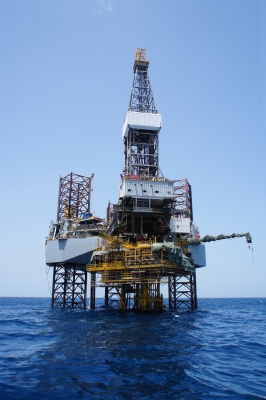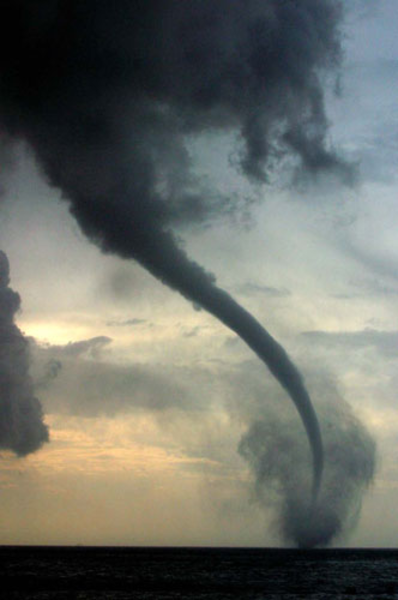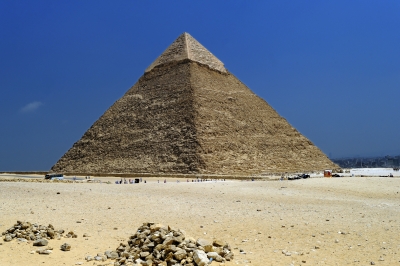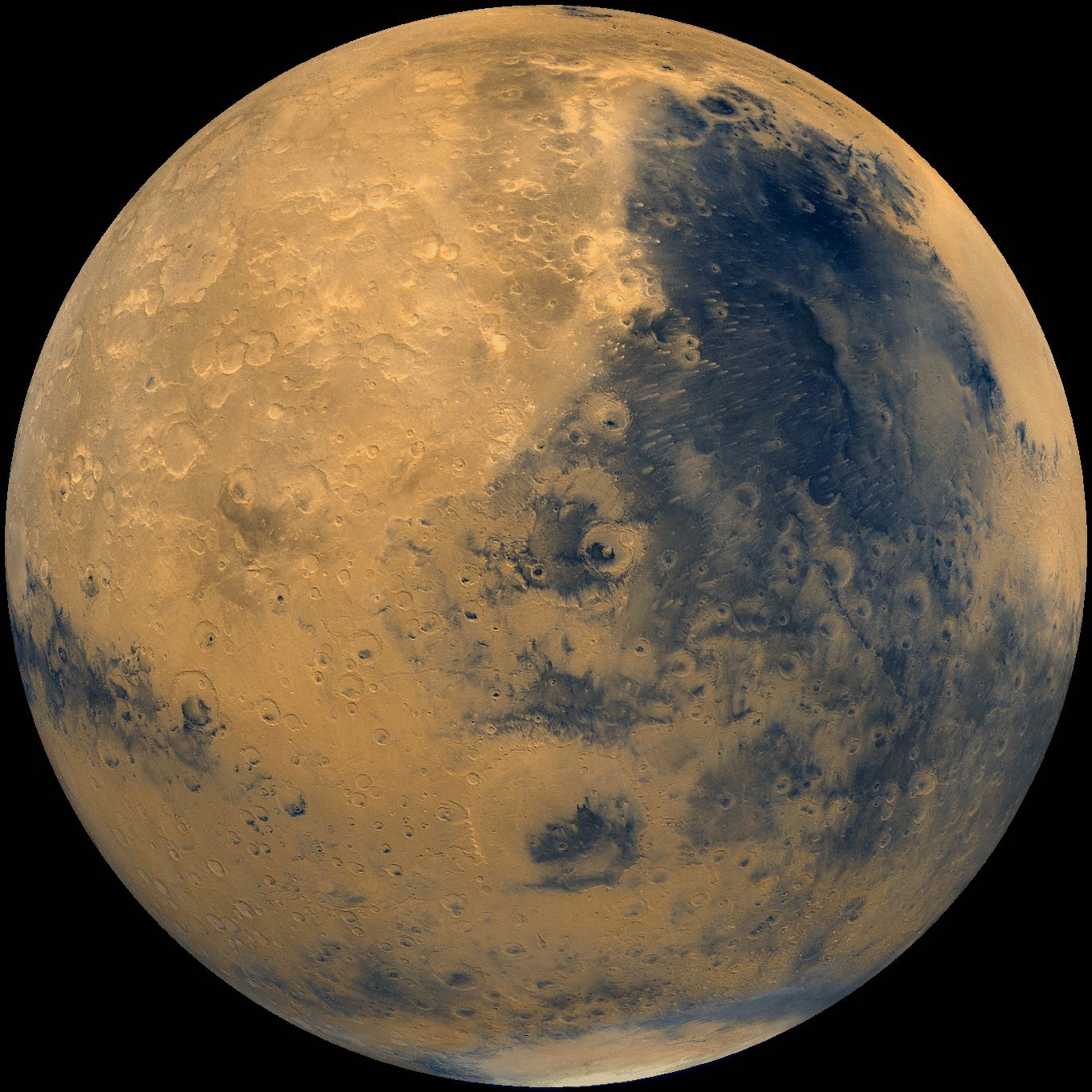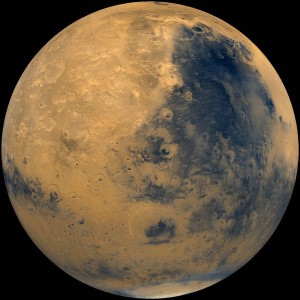
All light is bright and so are these ten facts!
- Light comes in two forms of energy, brightness and heat. Light also has two groups, natural light, like stars and fires, and artificial lights, like electric bulbs and lamps.
- The sun’s light travels 299,260 km/186,000 miles per second which means it takes 8 minutes to reach Earth.
- A shadow forms when a ray of light shines on a solid object.
- Transparent materials allow light to travel through it, while translucent materials let a little light through. Opaque materials let no light through.
- When a ray of light touches a shiny or polished surface, the ray bounces back.
- When light travels through a fine droplet of water or a prism, a rainbow forms.
- Light rays contain colour. These colours are red, orange, yellow, green, blue, indigo and violet. Light’s primary colours are red, green and blue (RGB).
- Each wavelength of light is smaller than your hair.
- The longest wavelength, red, has the least energy while the shortest wavelength, violet, has the most energy.
- Light rays bounce off colours of its same colour type, while other light rays are absorbed when they touch a colour that is not its same colour type.





